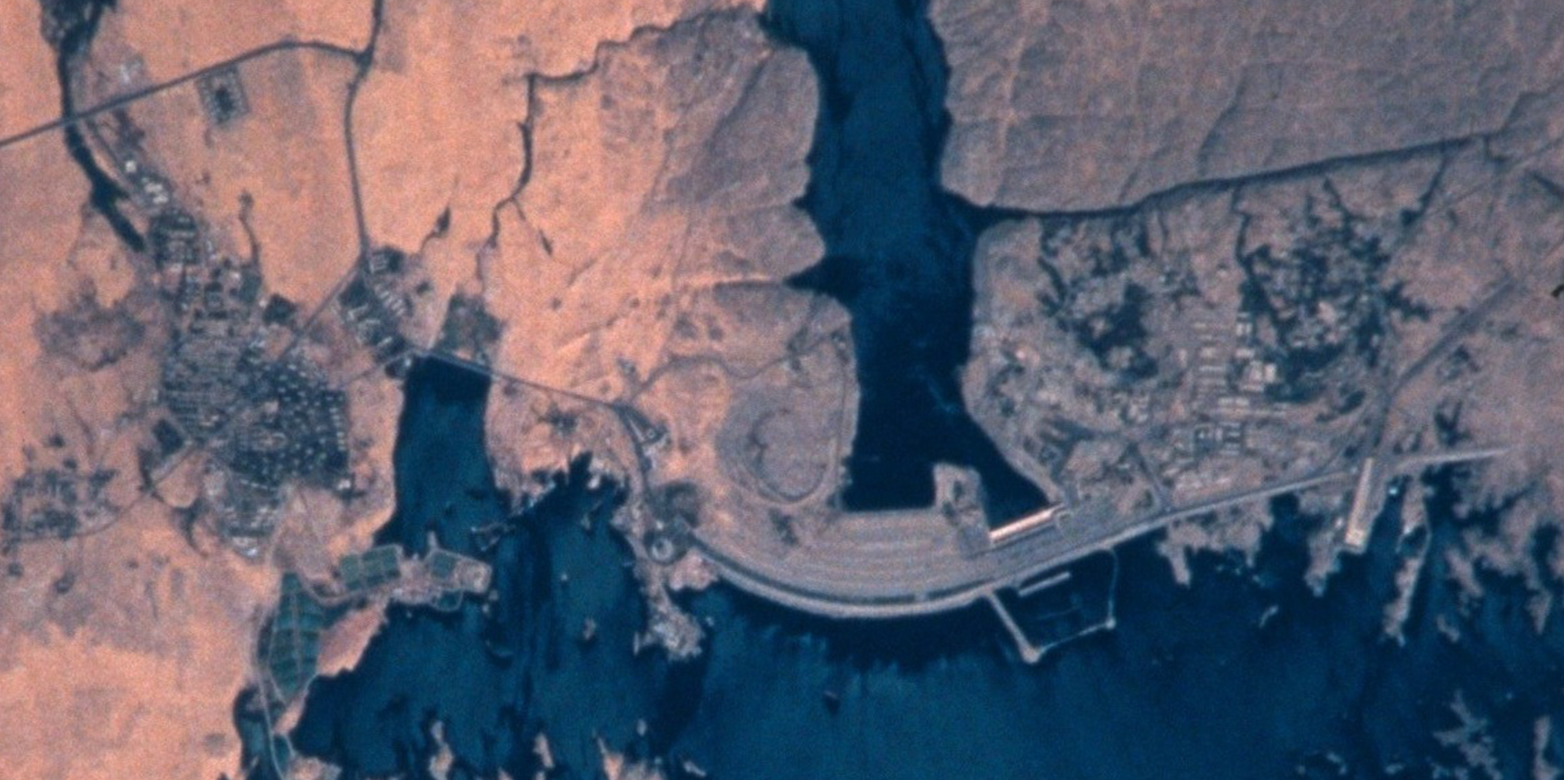The water war myth
Humans need water. If it is in short supply, conflicts can arise. Contrary to popular belief, however, these almost never lead to war, but rather to cooperation, writes Thomas Bernauer.

Fresh water is one of the most precious natural resources. Water is available in huge quantities throughout the world, but scarcities can arise on a local level, since rainfall, natural water reservoirs and demand are all unevenly distributed across the globe. A shortage of water can cause conflicting needs within and between countries to emerge.
Do water shortages cause violent conflict?
As early as 200 years ago, in the face of a growing population, the English political economist and demographer Thomas Malthus warned against scarcity of resources and the resulting social upheavals. Especially from the 1970s onwards, this gave rise to the argument that the ever-increasing overexploitation of natural resources, above all water, would ultimately lead to massive conflicts and even wars. This is why the term “water wars” has come into widespread use in books, popular science texts and statements by policy makers. In recent years, there has been a boom in assertions like these, as part of the discourse around climate change.

Cooperation rather than violent conflict
Research on this subject has contributed significantly to bringing such assertions back to reality. Statistical analyses of international and civil wars show that water scarcity is not a relevant variable for predicting this extreme form of conflict1.
“Water conflicts that are fought out violently are extremely rare, while verbal disputes are relatively frequent.” Thomas Bernauer
Several research groups, including my own, have also examined the scale of conflict and cooperation over water resources on an international and national level. Studies such as these analyse a vast number of worldwide media reports. The single most important conclusion is that social and political interactions around water resources adhere to a kind of normal distribution. Water conflicts that are fought out violently are extremely rare. No international or domestic water wars were observed in the available data dating back to the 1940s.
On the other hand, water conflicts in the form of verbal disputes are relatively common. More common, however, are interactions of a cooperative nature1,2,4. In other words, water scarcity more often leads to cooperation than to conflict.
What do these findings mean for the future?
The factors determining the risk of water-related conflicts have not yet been conclusively identified, though we know that the most important predictors are likely to include: political conflicts over problems that have nothing to do with water; large development gaps within and between countries; and missing or underdeveloped institutions in the water sector within and between countries1,2,3,4.
Even if water conflicts have so far almost never resulted in armed conflicts, could acute water shortages resulting from massive climatic changes not lead to violent disputes about water in the future? This is of course conceivable in principle, but I think it is rather unlikely. In the vast majority of cases, the costs of armed conflict will be considerably higher than those for solutions that can be reached at the negotiating table.
Instead of falling for the water war myth, it would make more sense for affected populations and their policy makers to consider research findings such as the ones referred to above to work out what is politically feasible in the short to medium term and to act accordingly. On the one hand, this means creating institutional conditions that are able to handle conflicts of interest and resolve domestic and international disputes over increasingly scarce water in an orderly and non-violent manner.
Another feasible strategy is to use water resources more efficiently. This is particularly important, since a number of studies show that local overexploitation is in most cases a far more significant cause of water scarcity than climate change6. UNESCO’s World Water Development Reports, for example, identify many possibilities for using water more efficiently, while access to technological innovation in poorer countries continues to play an important role5.
This blog post appeared also in the Tages-Anzeiger.
References
1 Beck, L., Bernauer, T., Siegfried, T., Böhmelt, T. (2014): Implications of Hydro-Political Dependency for International Water Cooperation and Conflict: Insights from New Data. Political Geography 42: 23–33.
2 Bernauer, T., Böhmelt, T. (2014): Basins at Risk: Predicting International River Basin Conflict and Cooperation. Global Environmental Politics 14/4: 116–138.
3 Böhmelt, T., Bernauer, T., Buhaug, H., Gleditsch, N. P., Tribaldos, T., Wischnath, G. (2014): Demand, Supply, and Restraint: Determinants of Domestic Water Conflict and Cooperation. Global Environmental Change 29: 337–348.
4 Bernauer, T., Kalbhenn, A. (2010): The Politics of International Freshwater Resources. In The International Studies Encyclopedia. Wiley-Blackwell, 5800-5821.
5 UNESCO, World Water Assessment Program: external page http://www.unesco.org/new/en/natural-sciences/environment/water/wwap/).
6 Beck, L., Bernauer, T. (2011): How Will Combined Changes in Water Demand and Climate Affect Water Availability in the Zambezi River Basin? Global Environmental Change 21/3: 1061–1072.
Comments
No comments yet